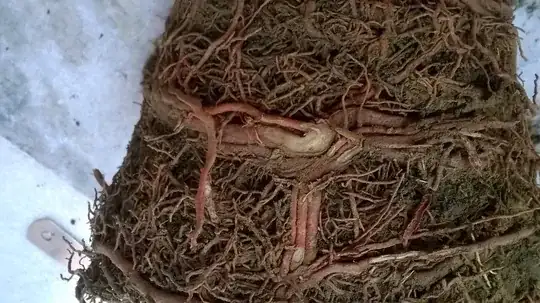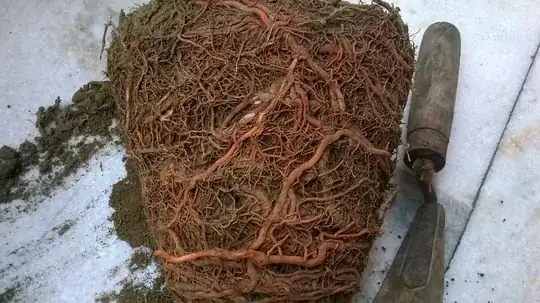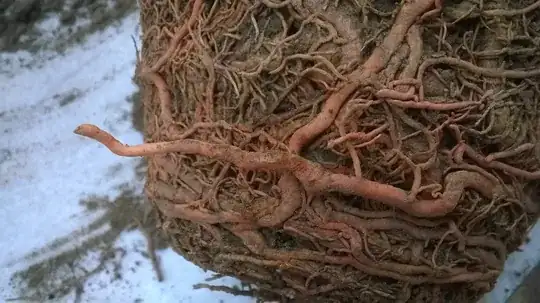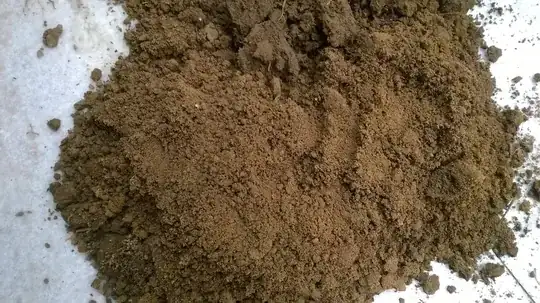Related question: Are these roots healthy or bad?
My Dracaena Reflexa Pleomele started having tiny yellow spots for some weeks. As a result, I was asked to take the rootball and inspect it. I took out the rootball, and here it is(since I don't know much about roots and plants):
You see the fat root in the third pic? I broke it, The root was hard, but not stiff. When I squeezed it, water came out bubbling. The root smelled like peanut, so I think the root is healthy.
However, the small ones just dropped when I gave a nice light rubbing. They are hollow and dried out. The small roots are dead? Here is the pic:
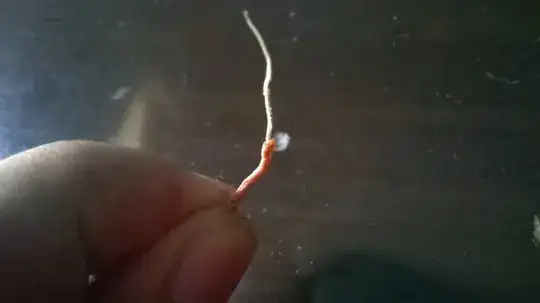
Should I let the plant rest in the soil it has been resting? If not, what should I do? just get rid of the soil and plant it in another soil? If yes, is this soil suitable for this plant?
